If you want to improve your flexibility and mobility, you might be surprised at how simple adjustments can make a significant impact. Incorporating dynamic stretching, practicing yoga, utilizing foam rolling, engaging in strength training, and maintaining proper hydration are all pivotal strategies you can adopt. Each of these methods plays a unique role in enhancing your physical performance and reducing the risk of injury. Curious about how to effectively implement these techniques into your routine? The next steps might just transform your approach to fitness.
Incorporate Dynamic Stretching
One of the most effective ways to enhance your flexibility and mobility is by incorporating dynamic stretching into your routine. Unlike static stretching, which involves holding a position, dynamic stretching focuses on movement. It prepares your muscles and joints for activity, increases blood flow, and promotes overall mobility. You'll find that incorporating dynamic stretches before workouts can greatly improve your performance and reduce the risk of injury.
To get started, warm up your body with light aerobic activity for about five to ten minutes. Then, move into dynamic stretches that target the major muscle groups. Examples include leg swings, arm circles, and walking lunges. As you perform these movements, focus on controlled, fluid motions. This not only engages your muscles but also helps improve coordination and balance.
Aim for a session of about 10 to 15 minutes of dynamic stretching. You can customize your routine based on the activities you plan to do. If you're about to run, prioritize stretches for your hips, legs, and calves. For strength training, include stretches that engage your upper body and core.
Listen to your body as you stretch. If something feels uncomfortable, modify the movement or skip it altogether. Dynamic stretching is about enhancing your range of motion, not forcing it.
Practice Yoga Regularly
Incorporating dynamic stretching lays a great foundation for enhancing flexibility, but practicing yoga regularly takes your mobility to another level. Yoga is a holistic practice that not only improves your flexibility but also strengthens your body and calms your mind. By engaging in various poses and routines, you'll find yourself stretching deeper and more effectively, which is vital for ideal mobility.
When you dedicate time to yoga, you build awareness of your body's limits and capabilities. Each session encourages you to push those boundaries gently, gradually increasing your range of motion. You'll learn to breathe deeply, allowing your muscles to relax, which enhances the effectiveness of each stretch.
Additionally, yoga promotes balance and stability, which are essential for overall mobility. As you flow through poses like Downward Dog, Warrior, and Tree, you'll not only engage multiple muscle groups but also improve coordination. This can translate into better performance in other physical activities, whether it's running, cycling, or weightlifting.
To get the most out of your practice, try to attend a class or follow online sessions a few times a week. Consistency is key; even short sessions can yield significant benefits.
As you progress, you'll notice increased flexibility and reduced tension, making daily movements easier and more enjoyable. So roll out your mat, embrace the practice, and watch your mobility flourish.
Utilize Foam Rolling
Foam rolling is an effective way to enhance your flexibility and mobility. This self-myofascial release technique helps alleviate muscle tightness, improve blood flow, and promote overall recovery. When you roll on a foam roller, you apply pressure to specific areas of your body, breaking up knots and increasing the elasticity of your muscles and fascia.
To get started, choose a foam roller that suits your needs. A high-density roller provides more pressure, while a softer one is better for beginners. Begin with major muscle groups like your quadriceps, hamstrings, calves, and back. Slowly roll over the targeted area, spending extra time on tight spots to allow your muscles to release tension.
You'll want to maintain a steady, controlled pace, rolling for about 30 seconds to 2 minutes on each muscle group. Make foam rolling a part of your warm-up routine before workouts or as a cooldown afterward. You can also incorporate it into your daily routine, especially on rest days. This practice not only helps improve flexibility but also aids in injury prevention by keeping your muscles healthy and pliable.
Don't forget to breathe deeply while rolling; this can enhance relaxation and effectiveness. If you encounter significant pain, ease off the pressure and adjust your technique. Consistency is key, so aim to foam roll at least a few times a week, and soon you'll notice increased mobility and a reduction in muscle soreness.
Engage in Strength Training
Strength training is a powerful way to boost your flexibility and mobility. By incorporating resistance exercises into your routine, you not only build muscle strength but also enhance your range of motion. When you strengthen your muscles, you provide better support for your joints, allowing them to move more freely and efficiently.
To get started, focus on compound movements like squats, deadlifts, and bench presses. These exercises engage multiple muscle groups, promoting better coordination and stability. As you lift weights, your muscles work through their full length, which can improve their elasticity and overall flexibility.
Don't forget about bodyweight exercises, too. Push-ups, lunges, and pull-ups can also enhance your strength while promoting mobility. Incorporating a variety of movements guarantees that you're not just targeting one area but working on overall functional strength.
Additionally, consider using resistance bands or stability balls to challenge your muscles in different ways. They can help increase resistance through full ranges of motion, which is essential for flexibility.
Make sure to balance your strength training routine with stretching exercises. This combination will help you maintain flexibility while building strength.
Aim for at least two to three strength training sessions each week, allowing your muscles time to recover between workouts.
Maintain Consistent Hydration
Staying hydrated throughout the day is essential for enhancing flexibility and mobility. Water plays a vital role in keeping your muscles and joints lubricated, which allows for smoother movement and reduces the risk of injury. When you're well-hydrated, your body can efficiently transport nutrients to your muscles and flush out toxins, promoting overall physical performance.
You mightn't realize it, but even mild dehydration can lead to stiffness and discomfort. When your body lacks sufficient water, it tends to tighten up, and you may find it harder to stretch or move freely. To combat this, make it a habit to drink water consistently—don't wait until you're thirsty. Aim to consume at least 8 cups (about 2 liters) a day, but adjust based on your activity level and climate.
Incorporating hydrating foods into your diet can also boost your fluid intake. Foods like cucumbers, oranges, and watermelon aren't only invigorating but also contribute to your hydration goals. If you're exercising, consider hydrating before, during, and after your workout to replenish lost fluids.
Keep a water bottle handy to remind yourself to sip throughout the day. You can even set reminders on your phone to help you stay on track.
Conclusion
By incorporating dynamic stretching, practicing yoga, utilizing foam rolling, engaging in strength training, and maintaining consistent hydration, you can greatly enhance your flexibility and mobility. These strategies not only improve your physical performance but also help reduce your risk of injury. Make these practices a regular part of your routine, and you'll notice the benefits in your overall movement and well-being. So, take charge of your flexibility journey and enjoy the increased freedom in your body!



